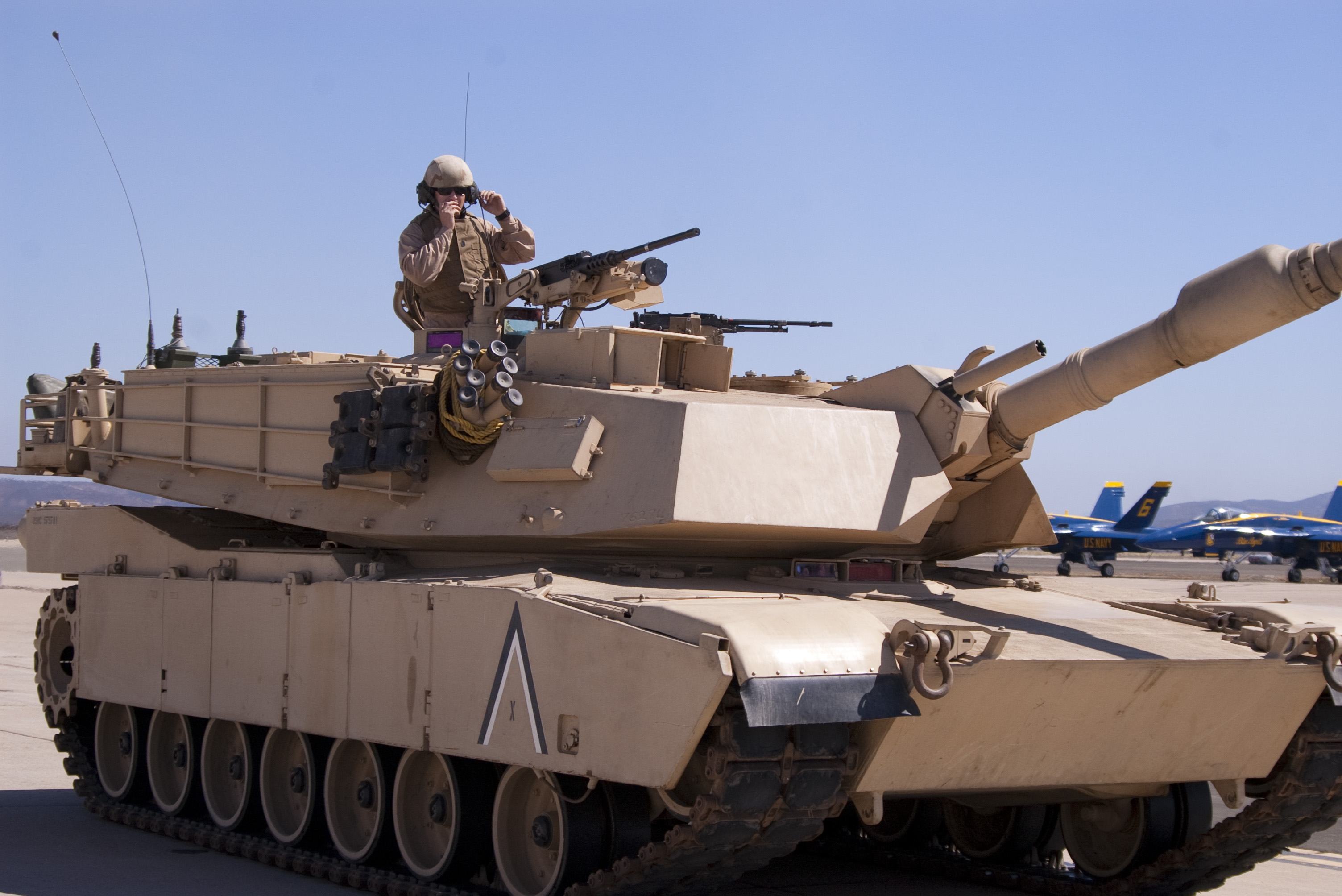
The final version, the M60A3 TTS, came with improved fire control systems and thermal sights that made it an effective night fighter. The avant-garde M60A2 “Starship” variant used a 155-millimeter gun that could fire Shillelagh anti-tank missiles it was quickly phased out because of crippling technical limitations. The Patton saw quite a few upgrades over its service life. Nonetheless, the Israelis were so fond of the Patton that they kept it in service until 2014, upgrading them into several generations of Mag’ach tanks. The Patton’s tall profile made it an easy target, while its frontally mounted hydraulics were prone to bursting into flames when the armor was penetrated. However, on the southern front, AT-3 anti-tank missiles devastated M60s counterattacking the Egyptian beachhead on the Suez canal. During the Yom Kippur War, Israeli M60s rumbled to the rescue of the Seventh and 188th Armored Brigades on the Golan Heights, breaking the back of a Syrian onslaught numbering over 3 thousand tanks. It was in the Middle East that the M60 Patton first showed its mettle. Instead, M48 tanks took on North Vietnamese PT-76s and T-54s in a small number of engagements, and even battled Swedish-made tanks in the Dominican Republic.


The 50-ton M60s were deployed to Europe in case World War III broke out, and didn’t see action in the Vietnam War, except for some bridge-laying and engineering variants.

The M60, introduced in 1960, was the last: a tall-profiled brawler designed to outmatch the ubiquitous Soviet T-54 tank by virtue of its heavier armor and long M68 105 millimeter gun. The Pershing was evolved into a series of Patton tanks armed with 90mm guns, including the M46, M47 and M48. The M60 traces its ancestry all the way back to the M26 Pershing heavy tank, a few dozen of which saw action at the end of the World War II.


 0 kommentar(er)
0 kommentar(er)
